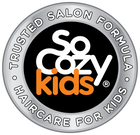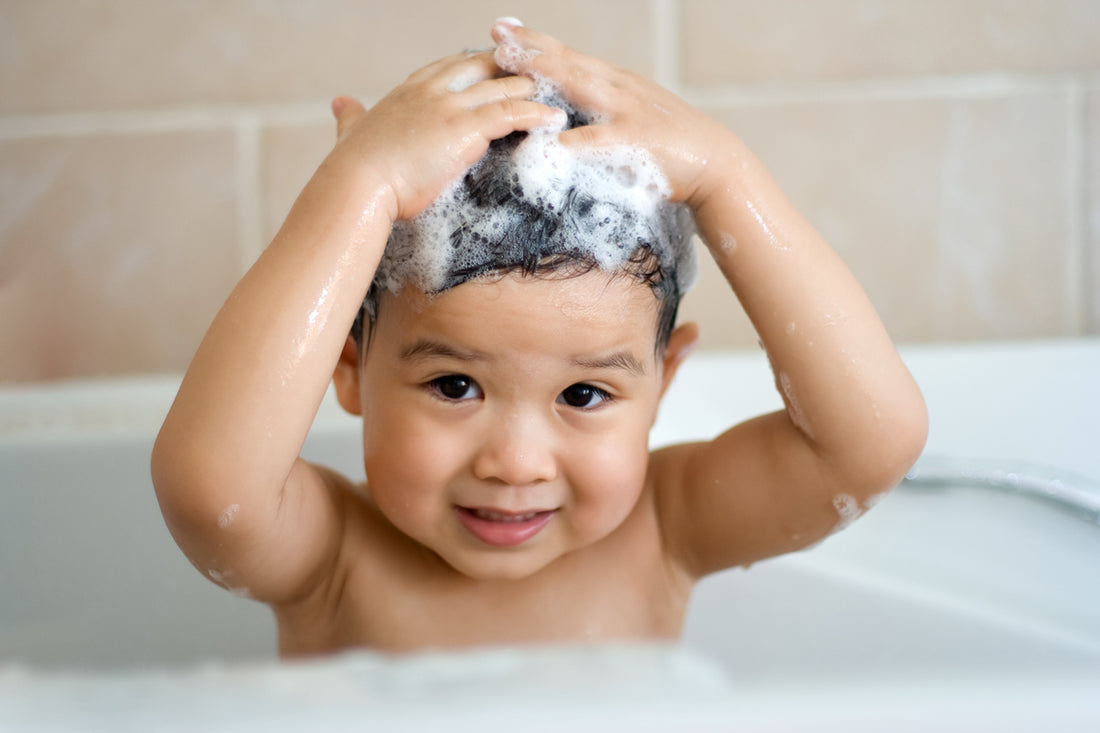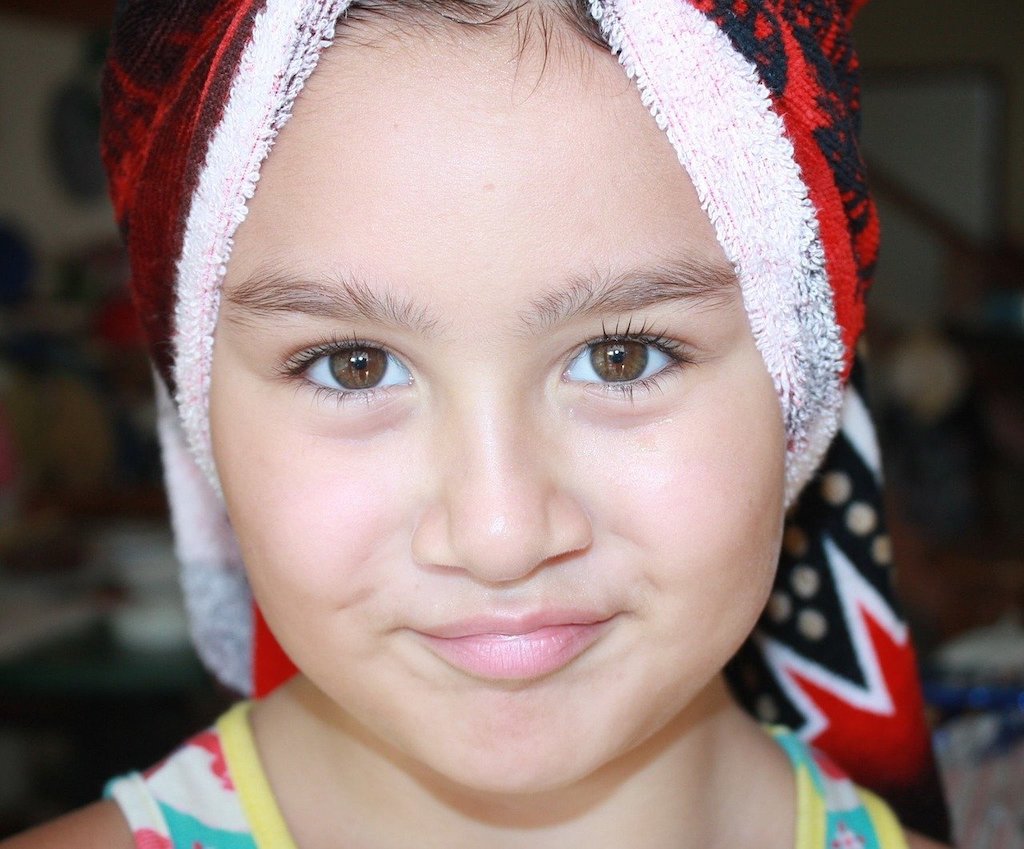Recently the American Academy of Pediatrics shared new recommendations regarding head lice and school attendance. Their verdict—that kids with lice should stay in school–had a lot of people scratching their heads. (No pun intended.) But this is because most people are still used to a lot of myths about lice that simply aren’t true. Let’s tackle the top ten.
MYTH #1: Lice are spread by casual contact. Not so fast. It used to be thought that bumping into someone, passing a paper, or lining up with classmates is how lice spread. Most casual classroom contact is not enough to transfer lice.
MYTH #2: Most kids pick up lice at school. Wrong. This was the thinking for a long time, but closer investigation lets the classroom off the hook. Experts believe that most lice are spread outside of school, likely through household items at home or more head-to-head contact through play.
MYTH #3: Lice can jump. Sorry, but no. They can’t jump. Nor can they fly. Lice crawl and are most often transferred via modern transportation like hairbrushes, combs, hats, hair accessories, pillows, and headphones.
MYTH #4: Lice are an indication of poor hygiene. Actually, the opposite is true. Lice attaches most successfully to extremely clean hair. The natural oil that builds up on hair shafts makes it difficult for lice to attach. (Another good reason to stop washing kids’ hair on a daily basis!)
MYTH #5: Lice are extremely contagious. Not really. While lice are contagious, it’s probably not at the level that parents fear. (Phew!)
MYTH #6: Lice spread disease. Totally false. They don’t. Next?
MYTH #7: Lice can’t be prevented. Wrong. Parents and teachers can be proactive about keeping lice at bay with smart products and some common sense. Teach kids not to share hats, scarves or hair accessories to reduce the chance of getting lice. Use shampoos and sprays made with natural tea tree oil as a natural, safe (and yummy smelling) repellant.
MYTH #8: You need a prescription-strength medicine to treat lice. Not so. While it’s a good idea to get an official diagnosis if you’re not sure, lice can often be treated with an over-the-counter medication containing 1 percent permethrin. (In some areas where lice have grown resistant to permethrins, a stronger prescription may be necessary.)
MYTH #9: Once somebody in a classroom or family gets lice, everybody will get it. It just ain’t so. Practicing the preventive measures is the first step, but once lice have been found, you can halt the spread by cleaning and disinfecting hairbrushes, combs, and accessories, as well as washing and drying (on high heat) bedding and fabrics that could be contaminated.
MYTH #10: Kids with lice should be kept home until they are clear. The docs have spoken a resounding NO! As illustrated in the other de-bunked myths, the risk of spreading lice at school is not worth keeping students out. Not only do kids miss out on important class time, there’s an embarrassing and unnecessary stigma associated with lice that can last and last.
The post Debunking the Top 10 Myths About Lice appeared first on SoCozy.





